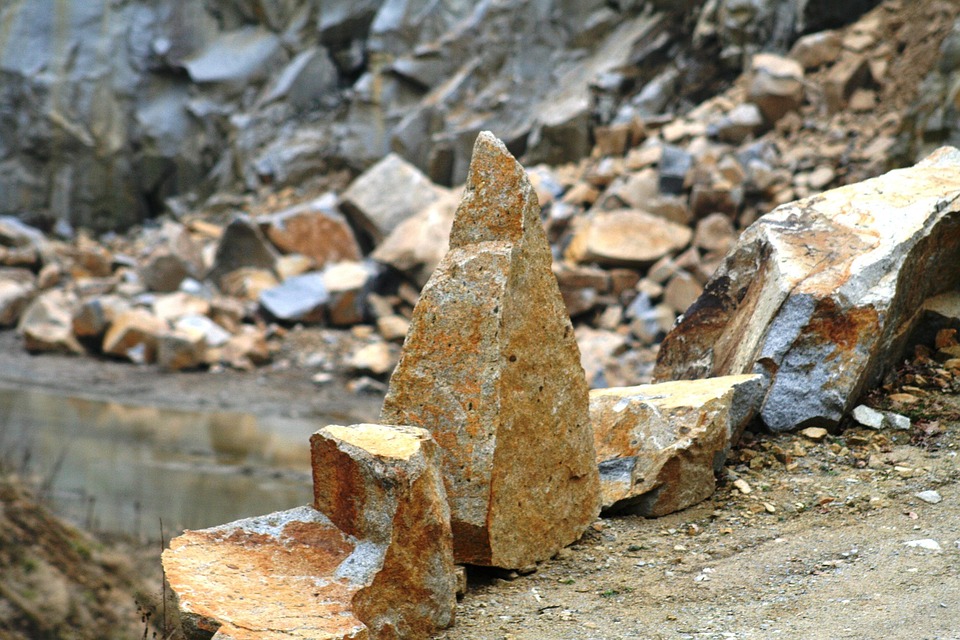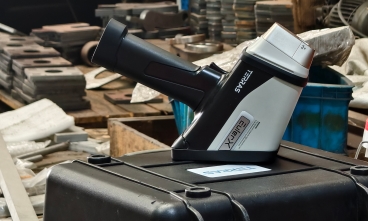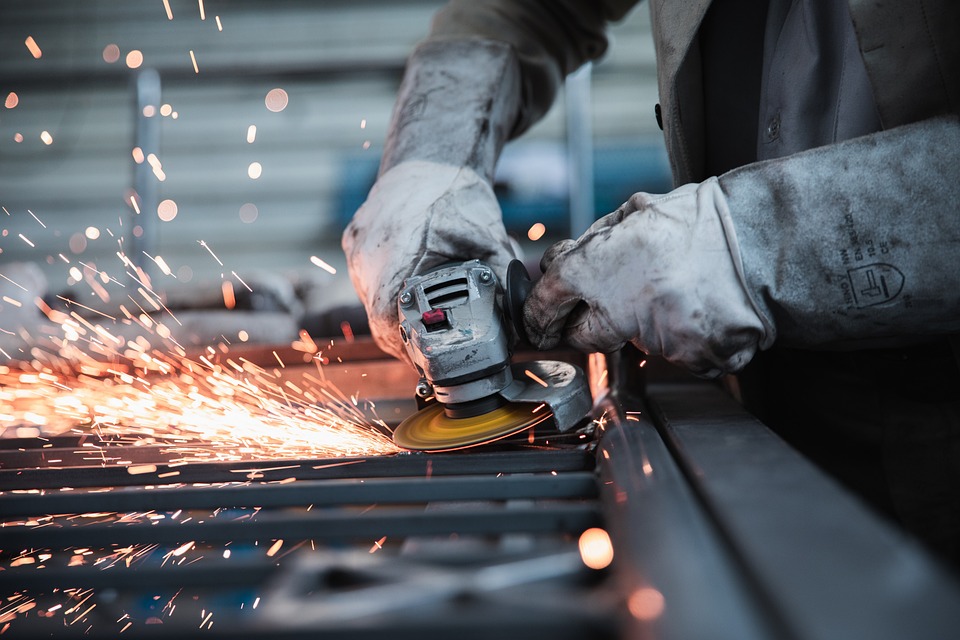
Mining
A high-tech enterprise focusing on the development and application of X-ray technology products, committed to becoming a leading supplier of X-ray industrial testing solutions.
Unlocking the Power of XRF Mineral Analyzer for Precise Elemental Analysis
In today’s fast-paced industrial world, the need for accurate and rapid analysis of materials has never been more critical. Whether it's mining, geology, or environmental testing, precise elemental analysis can make a significant difference in achieving high-quality results and optimizing processes. One of the most reliable and efficient tools for this purpose is the X-ray fluorescence (XRF) mineral analyzer. In this article, we will explore how XRF technology works, its applications, and the reasons why it's considered a game-changer for elemental analysis in various industries.
What is XRF Technology?
XRF stands for X-ray Fluorescence, a non-destructive analytical technique used to determine the elemental composition of a sample. The process involves bombarding a material with high-energy X-rays, which causes the atoms in the sample to become excited. When these atoms return to their ground state, they emit fluorescent X-rays that are characteristic of the elements present in the sample. By measuring the energy and intensity of these emitted X-rays, XRF analyzers can provide precise information about the elements and their concentrations in the sample.

Why Choose XRF for Mineral Analysis?
XRF analyzers are widely regarded for their numerous advantages, making them a go-to solution for mineral and material analysis:
Non-destructive: One of the most significant benefits of XRF technology is its non-destructive nature. Unlike traditional methods that require sample preparation or even destruction, XRF allows for the analysis of the material without altering or damaging the sample. This is especially important in fields like archaeology or conservation, where preserving the sample is vital.
Rapid Results: Traditional mineral analysis methods can take hours or even days, whereas XRF analyzers provide real-time results in just a few minutes. This speed is crucial in industries like mining, where quick decision-making can have a substantial impact on operations.
Versatility: XRF can analyze a wide range of materials, including metals, soils, ores, and even plastics. Whether you’re assessing the quality of a mineral deposit or checking the purity of a metal alloy, XRF provides reliable and consistent results.
High Precision: XRF technology is capable of detecting elements at very low concentrations. With the right calibration, XRF analyzers can measure the concentration of elements down to parts-per-million (ppm) levels, making them highly accurate for precise mineral analysis.
User-friendly: XRF analyzers are designed to be user-friendly and require minimal training. The portable handheld versions have made field analysis more accessible and efficient, eliminating the need for specialized laboratory equipment in remote or difficult-to-access locations.
Applications of XRF in Mineral and Material Analysis
The versatility of XRF makes it an indispensable tool across a variety of industries. Here are some key applications:
1. Mining and Geology
In the mining industry, XRF mineral analyzers are used for the exploration and characterization of ores. Geologists can use XRF to quickly identify the mineral composition of rock samples, determine the concentration of valuable elements like gold, silver, or copper, and assess the quality of mining deposits. This technology allows for more efficient decision-making and resource management in mining operations.
2. Environmental Monitoring
XRF is also a powerful tool for environmental analysis. It is used to monitor soil and water quality, detecting harmful elements such as heavy metals, which can have long-term ecological impacts. The non-destructive nature of XRF allows for repeated sampling and monitoring over time without compromising the integrity of the environment.
3. Metals and Alloys Quality Control
For manufacturers of metals and alloys, ensuring the purity and composition of materials is critical. XRF analyzers help verify the elemental composition of metals and alloys during production, ensuring that the final product meets industry standards and specifications.
4. Archaeology and Art Conservation
XRF has found significant use in archaeology and art conservation, where preserving the integrity of ancient artifacts is paramount. Researchers use XRF to analyze the material composition of artifacts without damaging them, providing insights into the techniques used by ancient civilizations and helping to conserve these precious objects.
Choosing the Right XRF Analyzer
When selecting an XRF analyzer for mineral or material analysis, several factors should be considered:
Sensitivity and Resolution: For applications requiring the detection of trace elements, choose an XRF analyzer with high sensitivity and resolution.
Portability: Depending on whether you need a benchtop or handheld analyzer, consider the portability and ease of use. Handheld models are pe
rfect for field applications, while benchtop models are suited for lab-based analysis.
Calibration and Software: Ensure that the device has robust calibration options and user-friendly software for accurate data interpretation and reporting.

Terras EulerX500 Handheld Mining Analyzer
The Terra Scientific EulerX 500 Series Handheld XRF Analyzer delivers lab-quality elemental analysis in the field, requiring minimal sample preparation. Ideal for mining, exploration, and geoscience, it rapidly detects rare earth elements and key oxides—from raw materials to final products—helping optimize drill targeting, discovery rates, and on-site decision-making. Built for harsh environments, this rugged, easy-to-use tool enhances efficiency and productivity in volatile commodity markets.
Conclusion
XRF mineral analyzers represent a breakthrough in the field of elemental analysis, offering a combination of speed, precision, and versatility that is hard to match. From the exploration of new mineral deposits to quality control in manufacturing, the applications of XRF are vast and invaluable. As industries continue to seek ways to optimize processes and improve outcomes, the XRF mineral analyzer is an indispensable tool for unlocking the full potential of elemental analysis.
Join Us
Subscribe to our email list for updates & promotions.



